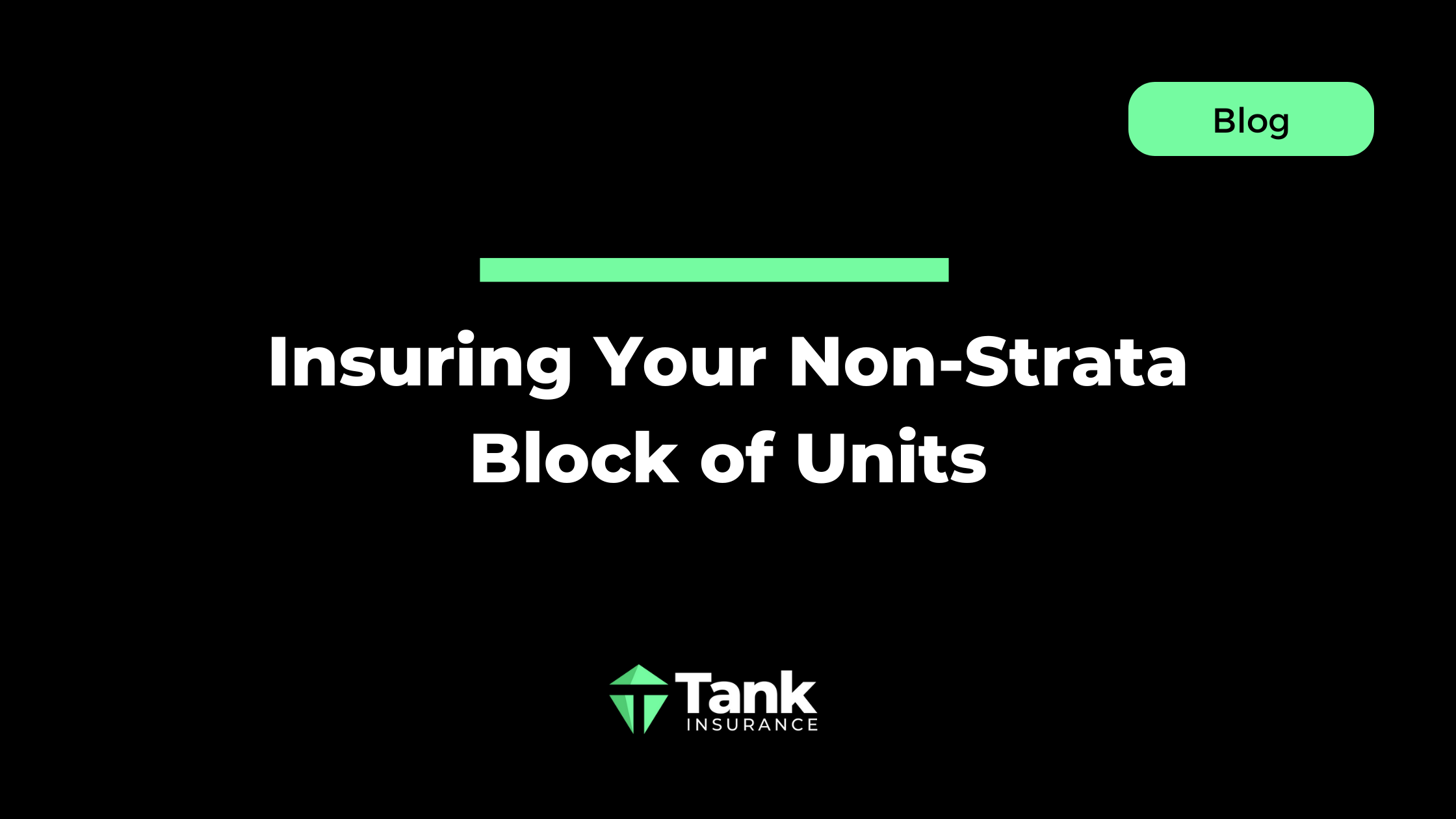Home Insurance vs. Contents Insurance
When it comes to insuring your property, it's crucial to understand the distinct roles played by Home Insurance and Contents Insurance.
While both provide vital protection, they serve different purposes.
Home Insurance: Your Property's Shield
Home Insurance is your safeguard against damage to the physical structure of your house.
This includes protection for the walls, roof, floors, and built-in fixtures.
Here’s what Home Insurance typically encompasses:
- Protection against natural disasters and accidents like fires, floods, storms, and theft.
- Coverage for repairs or rebuilding of your home’s structure, including key fixtures.
- Personal belongings coverage in the event of specific incidents like fires or floods.
- Liability coverage if someone is injured on your property, providing an essential safety net.

Contents Insurance: Guarding Your Belongings
Contents Insurance, on the other hand, specifically covers your personal items, whether they are within your home or elsewhere.
This type of insurance steps in when your belongings are stolen, damaged, or lost, offering a broader range of protection.
Coverage typically includes:
- Everyday items such as furniture, appliances, and electronics.
- Personal effects like clothing and jewellery.
- Specialised items including sports equipment and valuable collections.

Do You Need Both Home and Contents Insurance?
As a homeowner, it's typically essential to have both Home Insurance and Contents Insurance.
Home Insurance is often a requirement from mortgage lenders as it safeguards the structure of your house.
Contents Insurance, while not mandated, is a wise choice to protect your personal belongings inside the home.
For renters, the scenario is a bit different.
In this case, you'll generally only need Contents Insurance.
While your Landlord's Insurance policy covers the building itself, it doesn’t extend to your personal items.
Contents Insurance ensures your belongings are protected in case of theft, loss, or damage.

Some Examples of Fixtures and Fittings in the Contents of Home Insurance
1. Built-In Kitchen Cabinets and Appliances
- These items are typically considered to be part of the structure of the home and are therefore covered under Building Insurance. However, if they are damaged or destroyed in a covered event, you may be able to claim for their replacement under your Contents Insurance.

2. Carpets and Floorboards
- Carpets and floorboards are generally considered to be fixtures, as they are permanently attached to the structure of the home. However, if they are damaged or destroyed in a covered event, you may be able to claim for their replacement under your Contents Insurance.

3. Shelving Units and Bookcases
- Shelving units and bookcases are typically considered to be fittings, as they can be easily removed from the home. However, if they are built-in or custom-made, they may be considered to be fixtures and covered under Building Insurance.

4. Curtains and Blinds
- Curtains and blinds are generally considered to be fittings, as they can be easily removed from the home. However, if they are custom-made or very expensive, they may be considered to be fixtures and covered under Building Insurance.

5. Light Fixtures and Ceiling Fans
- Light fixtures and ceiling fans are typically considered to be fittings, as they can be easily removed from the home. However, if they are built-in or very expensive, they may be considered to be fixtures and covered under building insurance.

6. Plumbing Fixtures
- Plumbing fixtures, such as sinks, toilets, and bathtubs, are typically considered to be fixtures, as they are permanently attached to the structure of the home. However, if they are damaged or destroyed in a covered event, you may be able to claim for their replacement under your Contents Insurance.

7. White Goods
- White goods, such as washing machines, refrigerators, and stoves, are typically considered to be fittings, as they are not permanently attached to the structure of the home. However, if they are built-in or very expensive, they may be considered to be fixtures and covered under Building Insurance.

Is a Pool Covered in Contents or Home Insurance?
In general, an inground pool is considered a fixture and is therefore covered under Home Insurance.
An above-ground pool is generally considered a fitting and is therefore covered under Contents Insurance.
However, there are some exceptions to this rule.
For example, if an above-ground pool is permanently attached to the ground, it may be considered a fixture and covered under Home Insurance.

Is a Marble Benchtop Contents or Home Insurance?
A marble benchtop is generally considered a fixture and is therefore covered under Home Insurance.
This is because it is permanently attached to the structure of the home.

Is a Toilet a Content or Home Insurance?
A toilet is generally considered a fixture and is therefore covered under Home Insurance.
This is because it is permanently attached to the plumbing system of the home.

Is a Built-In Dishwasher Covered Under Contents or Home Insurance?
A built-in dishwasher is generally considered a fixture and is therefore covered under Home Insurance.
This is because it is permanently attached to the plumbing and electrical systems of the home.

Is a Fireplace Mantle Covered By Contents or Home Insurance?
A fireplace mantle is generally considered a fixture and is therefore covered under Home Insurance.
This is because it is permanently attached to the structure of the home.

Is a Chandelier Covered In Contents or Home Insurance?
A chandelier is generally considered a fitting and is therefore covered under Contents Insurance.
However, if the chandelier is very expensive or is permanently attached to the structure of the home, it may be considered a fixture and covered under Home Insurance.

Is a Hot Tub Covered Under Contents or Home Insurance?
A portable hot tub is generally considered a fitting and is therefore covered under Contents Insurance. However, if the hot tub is permanently installed in the ground, it may be considered a fixture and covered under Home Insurance.

If you're uncertain about your Home Insurance coverage, especially regarding fixtures and fittings, don't hesitate to reach out to an insurance broker.
Tank Insurance are insurance brokers in Sydney who can provide tailored advice, clarify any doubts, and ensure that your policy meets your specific needs, offering peace of mind and expert guidance.
Reach out to us now so we can work together to find the right coverage that fits your risks and needs.



